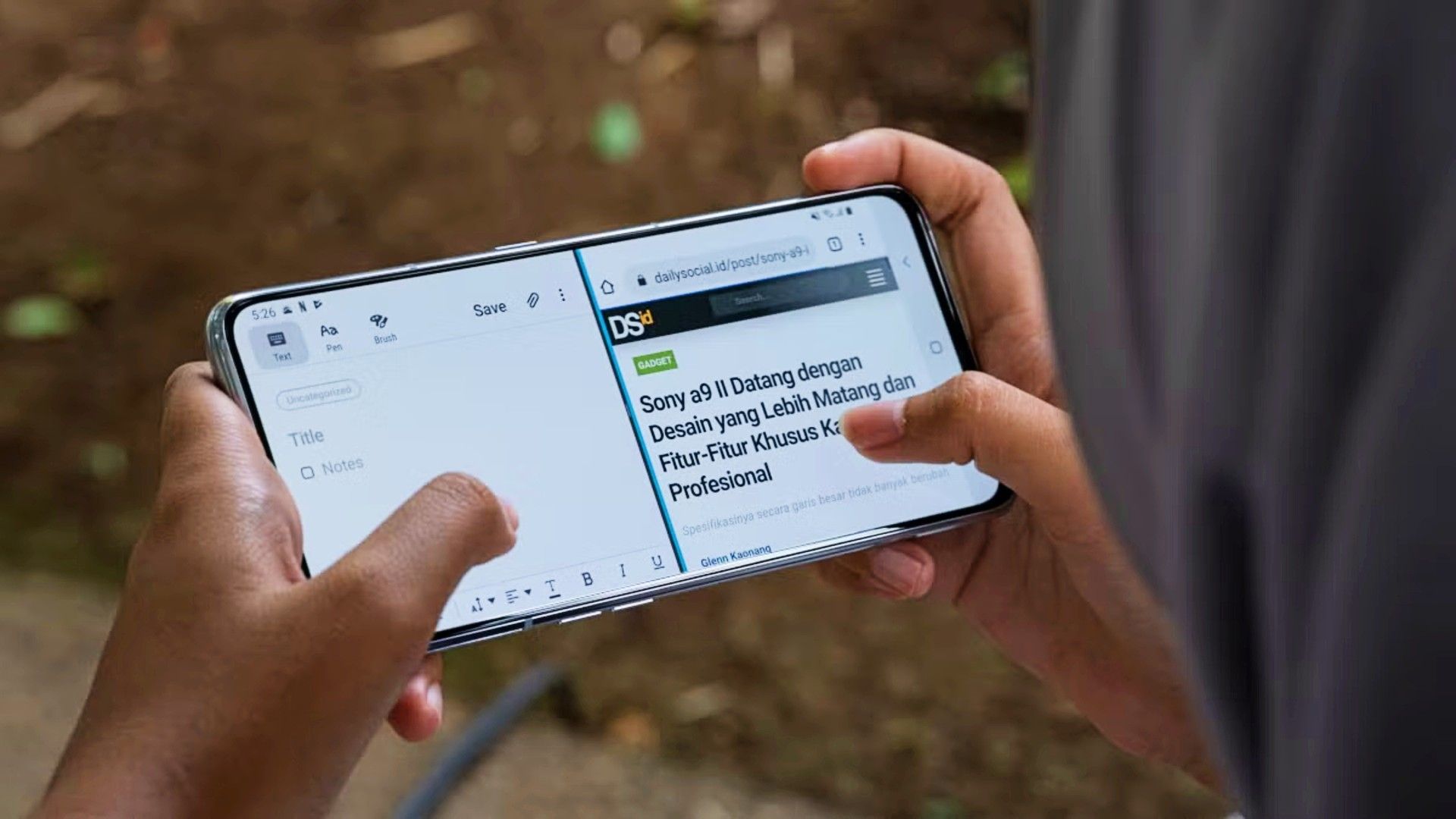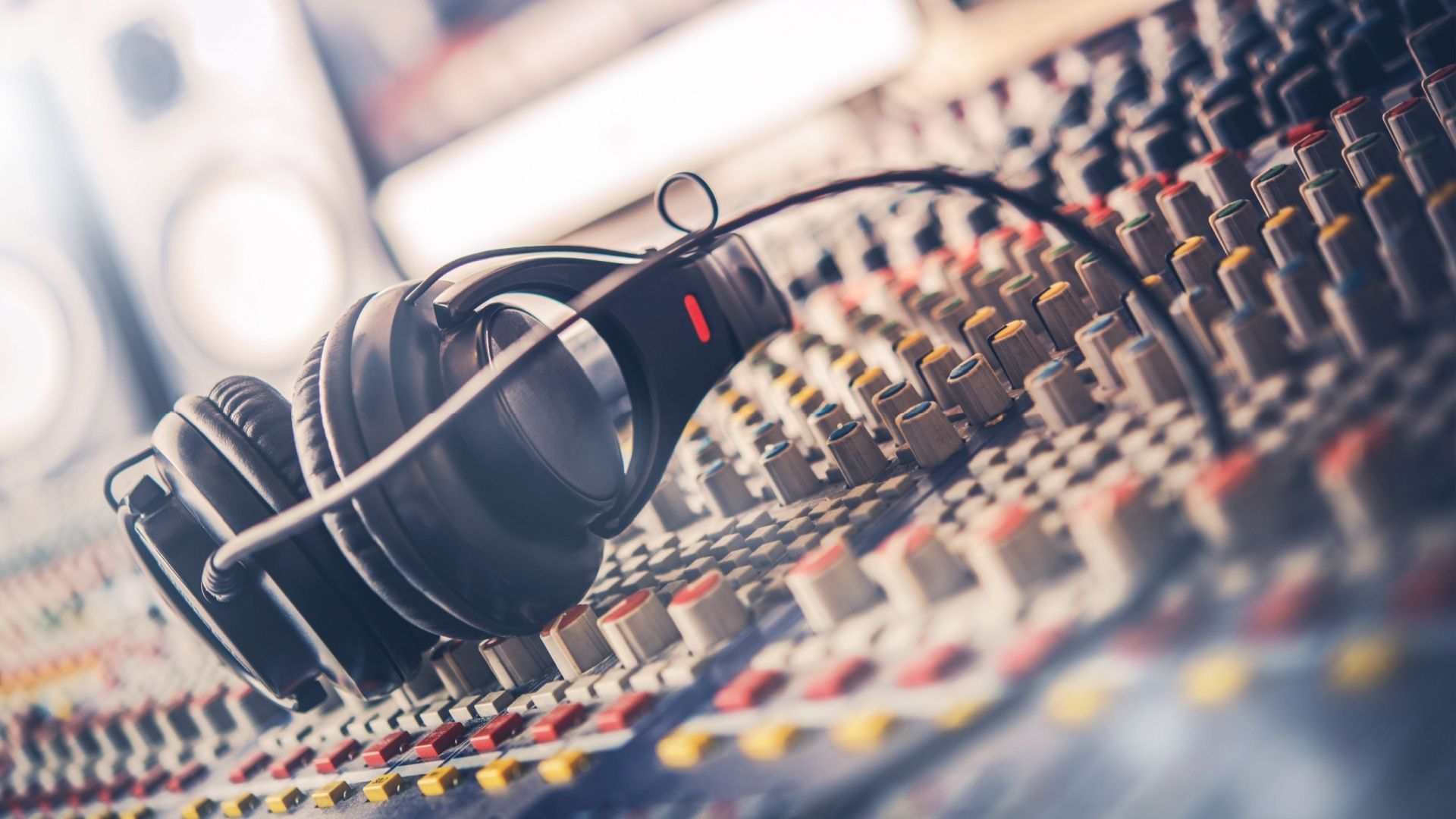I’m about two years into my switch from Android to iPhone—and I’m not having a good time. While I love my Mac, my iPad, and all my other Apple stuff, I just can’t get comfortable with Apple’s best-selling product.
There’s a long list of things that annoy me, and you’re going to hear about them at some point, but one subset of qualms come from features that I miss from Android. Apple often gets mocked for introducing features that Android’s had for years, but logically you’d want the company to copy all the best stuff from the competition, right? For me, these are the features I miss the most.
5
Split-Screen Multitasking
This one really annoys me. Especially given that it’s been a feature on iPads forever at this point. When I was still using a Samsung Galaxy S22 Ultra, I would use the split-screen function on a daily basis. I’d have, for example, Twitter (now X) open alongside YouTube, and then watch a video while catching up on my notifications.
I also liked having my budget spreadsheet open next to my banking app, or any number of app combinations. Given how large and high-resolution the screens are on modern iPhones, it’s quite surprising that this isn’t a thing yet and as soon as this particular feature is “stolen” from Android, I’ll be a lot happier with my fruit phone.
4
Guest Mode and Multi-User Accounts
Honestly, this one is more relevant to iPads than iPhones, but I’d still like to see Android’s multi-user profiles and guest mode come to both Apple devices.
It’s handy when you want to lend your device to someone without them browsing your personal information, like your photo gallery. It also makes it possible to set up profiles for work and private life. Whatever use you’d put having multiple profiles to, it would be nice to have the option.
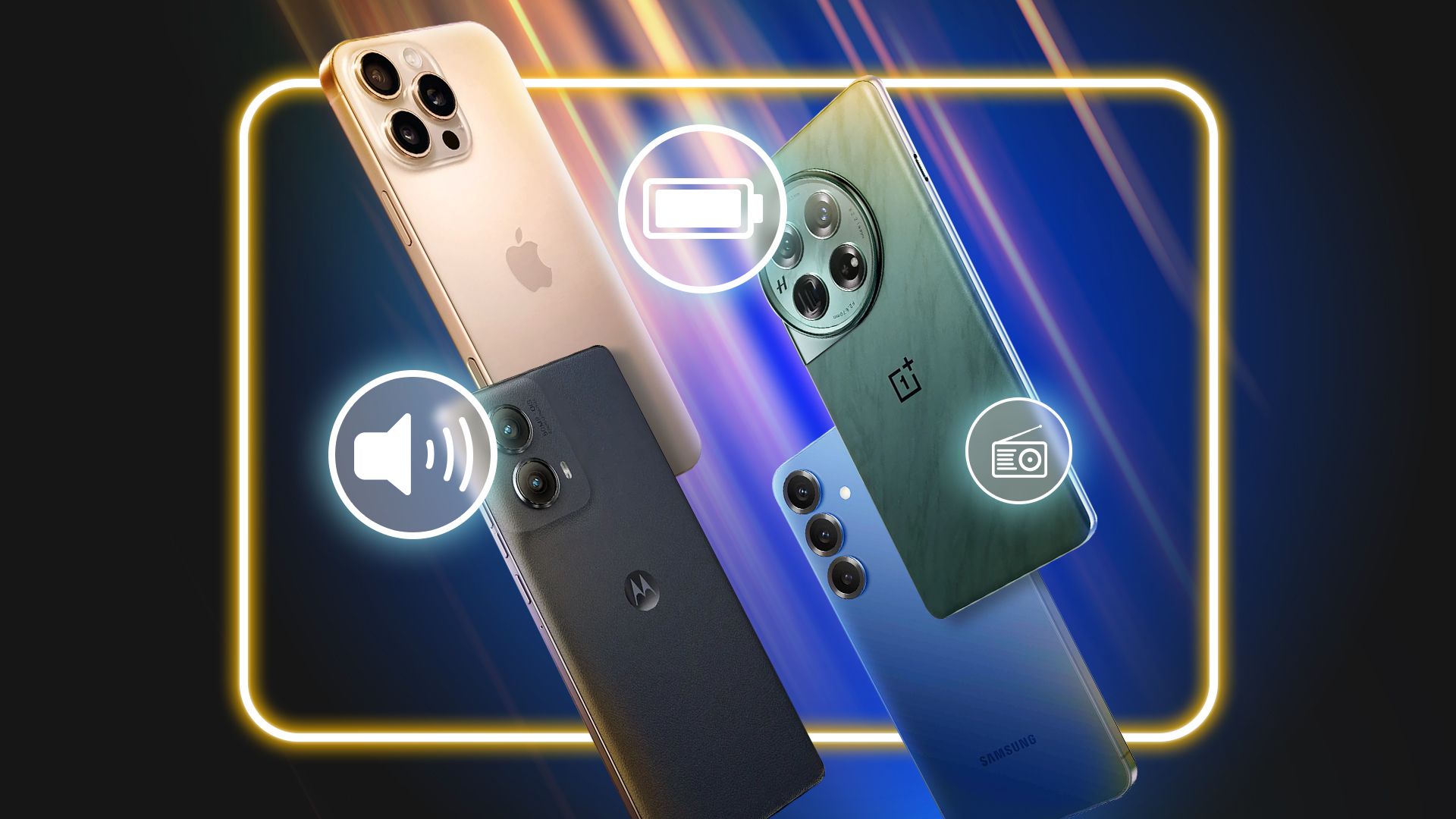
Related
5 Features I’m Not Worried About When Buying a New Phone
I don’t need flair, just nail the basics.
3
A Proper Sound Mixer!
On an Android device, different aspects of your audio setup each have their own volume slider. So games, notifications, the ringer, and so on all have their own slider, and you can adjust that volume at any time with a tap or two.
Not so on iPhones (or iPads), where there is just one volume slider, and the volume control is contextual based on what’s playing. Which means it’s possible to accidentally mute your notification sounds or ringer without meaning to, and then you have to go digging in the settings to get your sound back–ask me how I know.
I’ve harped on about this before, but it seems like such a basic feature and Apple has made some new features (like Stage Manager) an optional mode that you can switch between. So I’m sure they could let us choose between the current volume control system and something with multiple sliders.
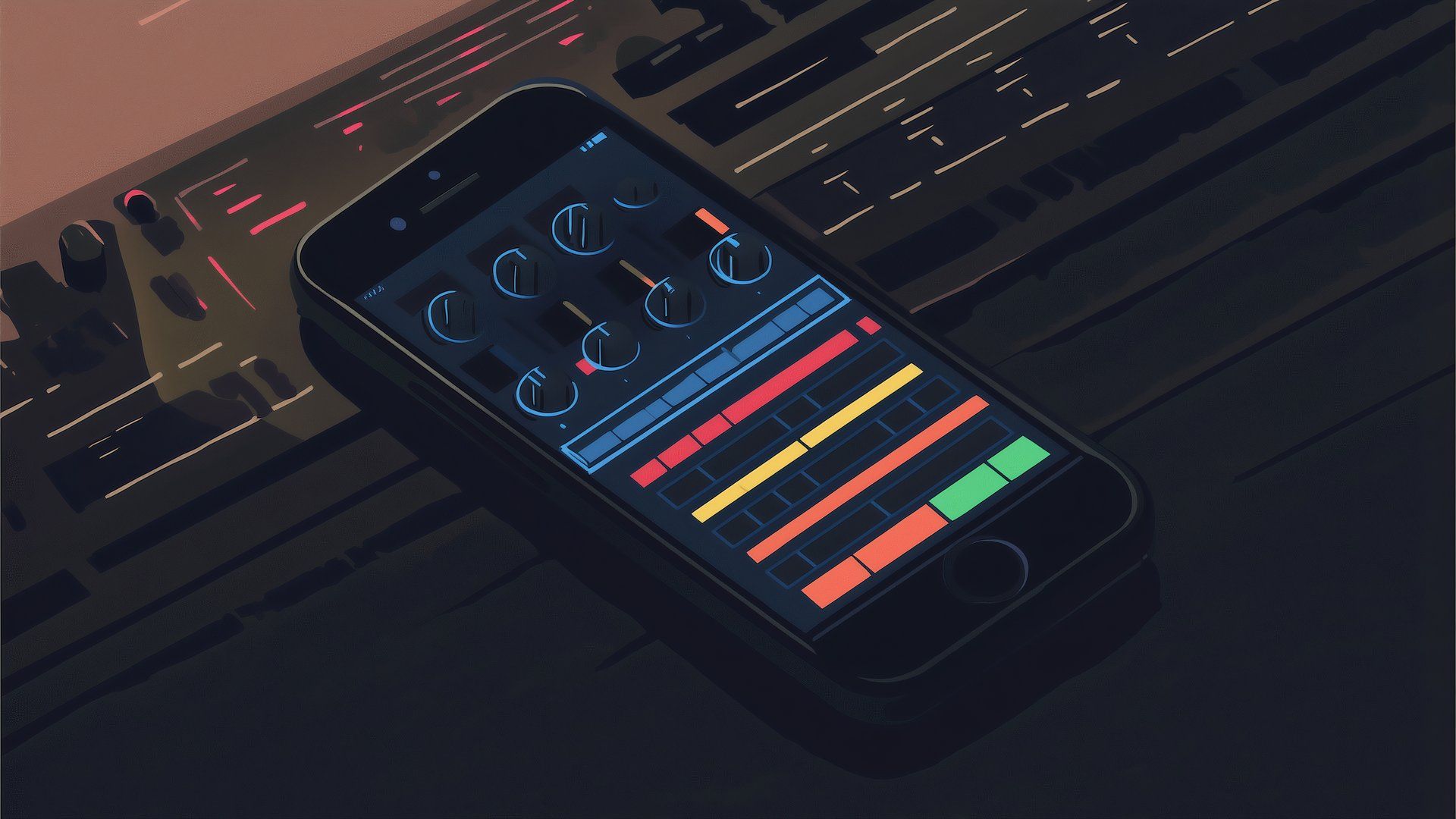
Related
Apple, Why Doesn’t My iPhone or iPad Have a Volume Mixer Yet?
Apple’s got this one mixed up.
2
USB Access to Storage
To be clear right off the bat—I don’t mean having access to external USB storage. Apple’s done a great job of letting us use USB flash drives and SSDs with iPhones and iPads. The Files app has improved in leaps and bounds, and some apps, like Lumafusion, can work with data directly on an external drive without copying it over.
There are even MagSafe expansion drives that let you attach an SSD to your phone so that you can shoot high-quality footage directly to it. So no complaints there from my side.
No, I’m talking about giving us access to the phone’s internal storage as if it were a mass storage drive like on Android. When you connect an iPhone or iPad to a Windows PC, it shows up as a media device, like an MP3 player or camera. So you can copy photos and videos, but you don’t have access to the rest of the file system.
When you connect it to a Mac, you get more access to files and such, but it’s a very restrictive environment. I know Apple probably won’t ever let us rummage around our device’s file system in case we break (or sideload) something, but I can dream.
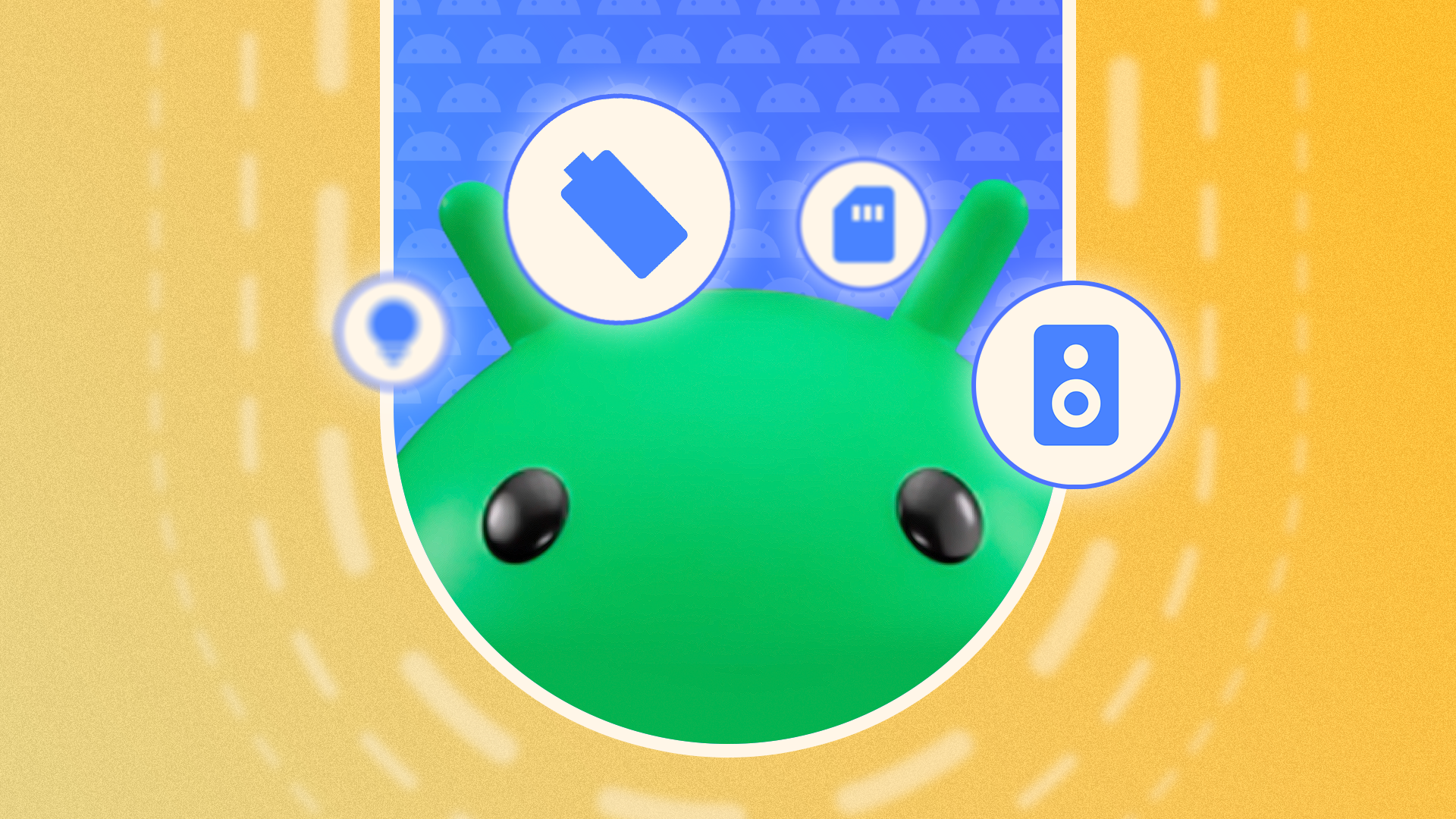
Related
5 Features I Wish Never Went Missing From Android Phones
The good ol’ days are long gone.
1
App Cloning
This is another one that I’m surprised doesn’t have an iOS equivalent. On Android, you can “clone” apps, which is essentially installing two separate copies of an app, which can then each operate independently.
This was useful for, as one example, messaging apps that don’t support multiple profiles or users. So you can have separate accounts (e.g. one for social media work) and another for personal use, or whatever you need the specific feature for. The only workaround right now is to use a third-party solution like Parallel Space.
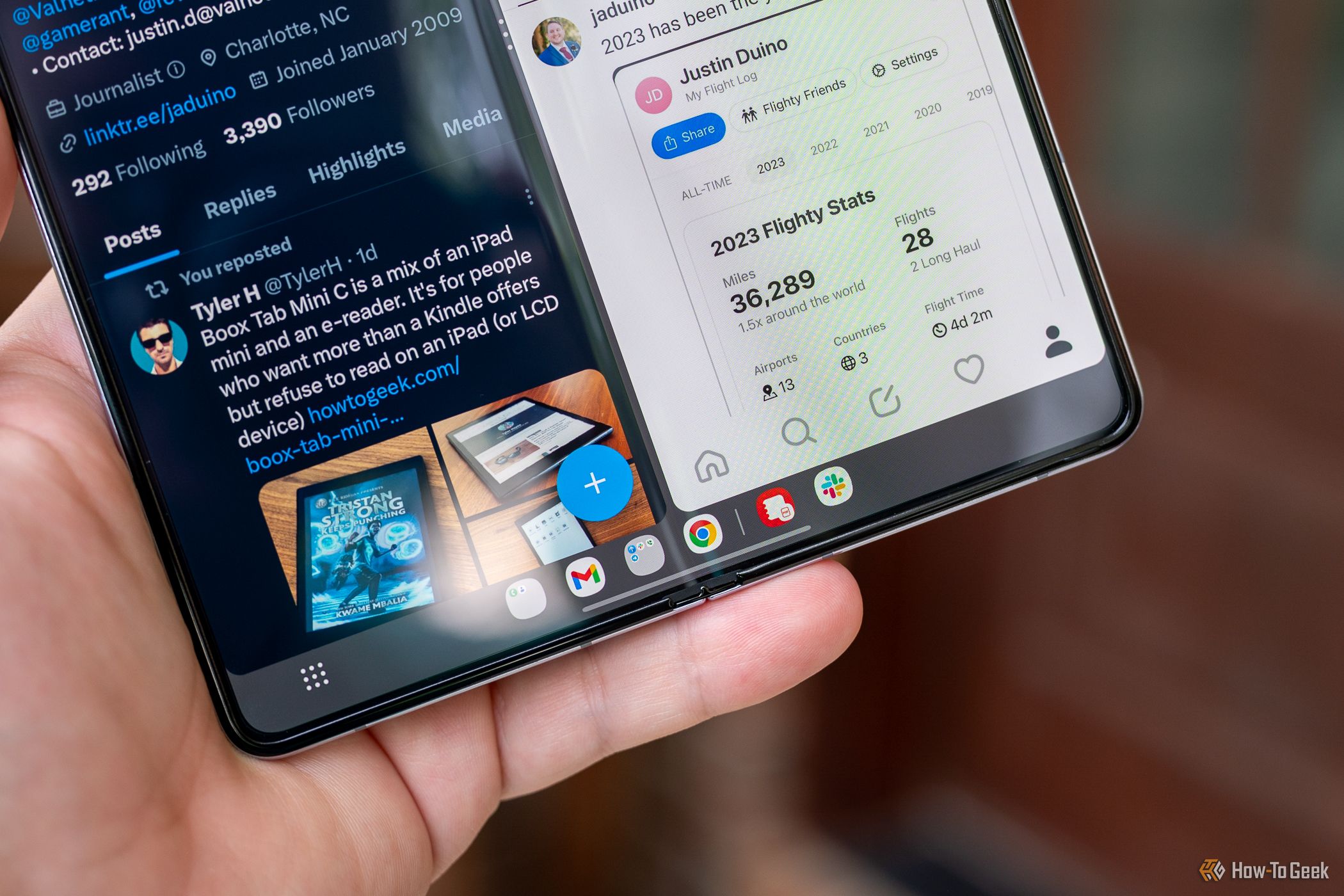
Related
How (and Why) to Clone Apps on Android
Need multiple versions of the same app? You can do that on Android.
I don’t expect Android and iOS to ever have true feature parity, and they don’t need it. However, there are some features that are useful no matter what brand of phone or operating system you enjoy, and I hope at least some of the things on my wishlist will feature in a future update.
